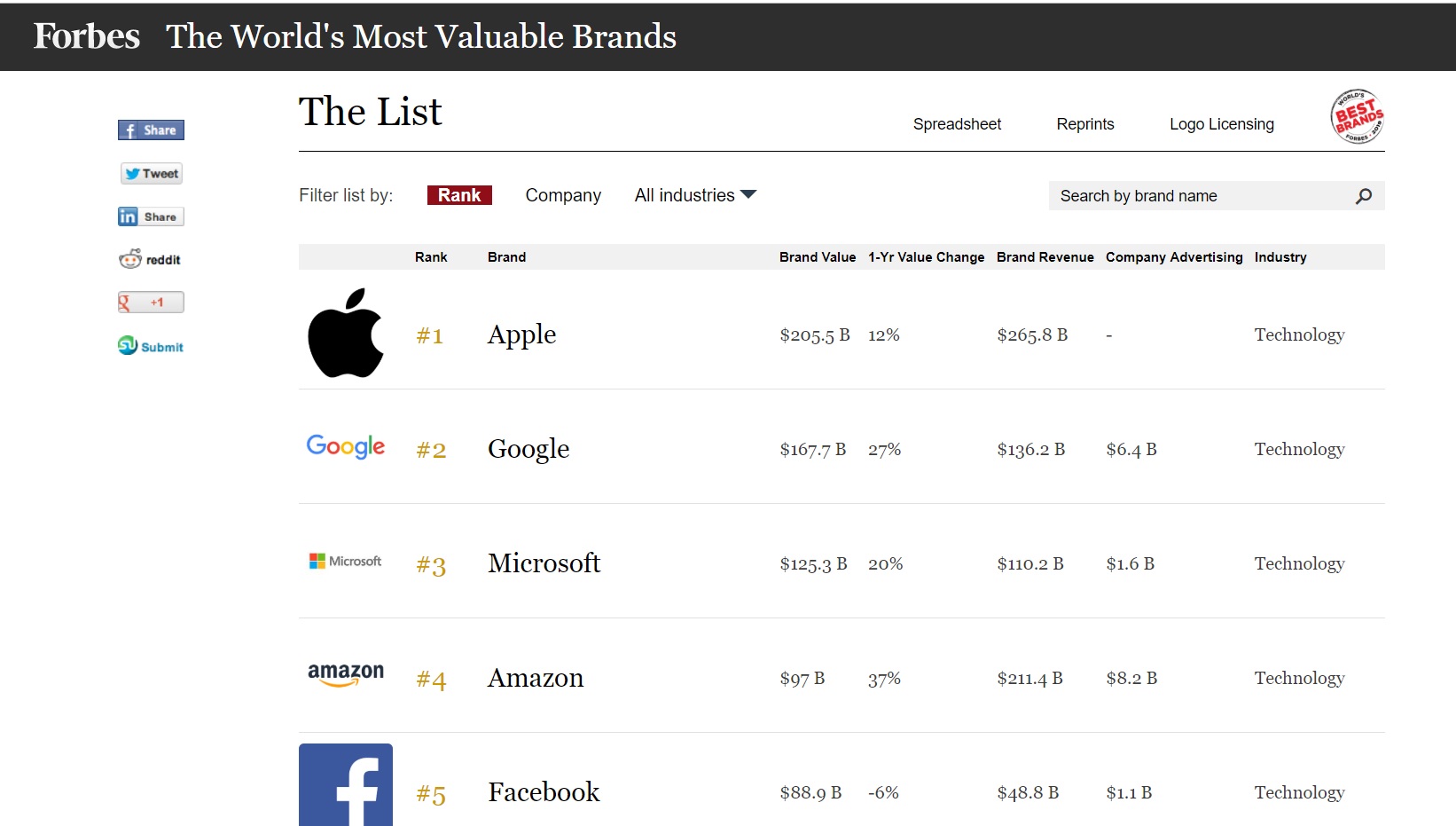Around this time each year on the Porch, we take time for reflections. Reflections on the year – significant events and experiences, lessons learned, and what changes we hope for the next year.
The concept of time was a popular theme among the Rockers’ reflections this year. Perhaps this is because not only is another year ending, but another decade, as well. Perhaps it is because time holds such value in our lives. It is a constant reminder to embrace the here and now with an eye toward the future.
2019 Reflections from the Porch
For me, 2019 has been all about soaking up the memories made while marking milestones in my children’s lives. My son is a senior in high school. My daughter is in kindergarten. So, the passing of time, in our family, is marked by their “last firsts.” It is time that seems to pass so quickly you blink, and it is over. Yet, a tragic loss of someone dear to my family in May has made me realize how painstakingly slow time can pass when grief is involved.
There have been some fabulous surprises, as well. My son’s football team made it to the state semi-final game, a first in his school’s history, which ended his football career on a high note. Go Rangers! Our fabulous client, Faith Family Academy, took it even further and brought home their first State Championship Title in Boys Basketball.
Whether in the happiest of moments or the saddest, this year has provided so much opportunity. Opportunity to be grateful for the time spent with family, friends, co-workers and clients. It has taught me to be present in each moment, to give and receive grace, and to spend my time doing things that make me a better person, wife, mother and business leader.
For lil’ rock, Maria Gregorio, the time is now. “I tend to get caught up in ruminating about the past and worrying about the future. I do this so much that I forget that these days are ‘the good old days.’ In the movie Kung Fu Panda, Master Oogway says, ‘You are too concerned with what was and what will be. There is a saying: Yesterday is history, tomorrow is a mystery, but today is a gift. That is why it is called the present.’ So, here’s to moving into 2020 more mindful to live in the present.”
Soak in the Power of Relationships and Reinvention
Part of living in the present is spending time with people and things that fulfill you. Rock Star, Vanessa Hickman: “I am thankful for relationships and community. Love is one of the most profound emotions known to human beings. I spent 2019 soaking in the love of the people around me and doing life with my family.”

Classic Rocker Greg Asher took this advice to heart. He is still reflecting on his reflection for the year.
Often, being present in the moment allows you to see a future need or desire more clearly. This year, we added All-Around Rocker, Lori Rahlfs, to the Porch: “Lately, I find myself thinking about the power of reinvention. The blessings and challenges that come with each stage and phase of life. Each, personally or professionally, calls for us to re-imagine or reinvent the life we are living. Then, we can satisfy new or future needs.”
The Rock, Tara Engelland: “I came across this quote earlier this year, and it has stuck with me. ‘Don’t fear failure. Fear being in the exact same place next year as you are today.’ It’s important to remember when working with clients to grow or start their business. It is a reminder that you must take risks to get to where you want to be personally and professionally.”
Our Goals for 2020
As you look to 2020, set realistic and thoughtful goals to define or reinvent any part of your life that needs a change. Seek to find something that allows you to really focus. Are you considering re-entering the job market? Try these tips from Corps Team Dallas. Has it been a while since you’ve enjoyed an evening out with a friend or loved one? Go see a Ballet Frontier performance.
Whether your 2020 goals are to live in the moment, or to re-imagine, or (re)define your mission or your brand, there’s no time like the present. Like the beautiful jewelry from our treasured client Ellen Hoffman Designs, time is intricate and precious. May you spend it wisely and wrapped up in moments with those you love. We wish you a joyous holiday season and a Happy New Year (and New Decade!), Friends!











